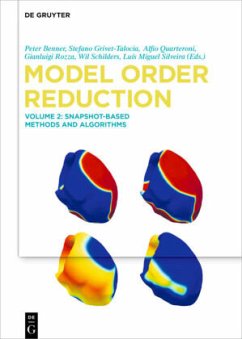
Snapshot Algorithm
Versandkostenfrei!
Versandfertig in 6-10 Tagen
23,99 €
inkl. MwSt.

PAYBACK Punkte
12 °P sammeln!
Please note that the content of this book primarily consists of articles available from Wikipedia or other free sources online. The figure on the right illustrates the difference between distributed and parallel systems. Figure is a schematic view of a typical distributed system; as usual, the system is represented as a graph in which each node is a computer and each edge is a communication link. Figure shows the same distributed system in more detail: each computer has its own local memory, and information can be exchanged only by passing messages from one node to another by using the availab...
Please note that the content of this book primarily consists of articles available from Wikipedia or other free sources online. The figure on the right illustrates the difference between distributed and parallel systems. Figure is a schematic view of a typical distributed system; as usual, the system is represented as a graph in which each node is a computer and each edge is a communication link. Figure shows the same distributed system in more detail: each computer has its own local memory, and information can be exchanged only by passing messages from one node to another by using the available communication links. Figure shows a parallel system in which each processor has a direct access to a shared memory. The situation is further complicated by the traditional uses of the terms parallel and distributed algorithm that do not quite match the above definitions of parallel and distributed systems; see the section Theoretical foundations below for more detailed discussion. Nevertheless, as a rule of thumb, high-performance parallel computation in a shared-memory multiprocessor uses parallel algorithms while the coordination of a large-scale distributed system uses distributed algorithms.












